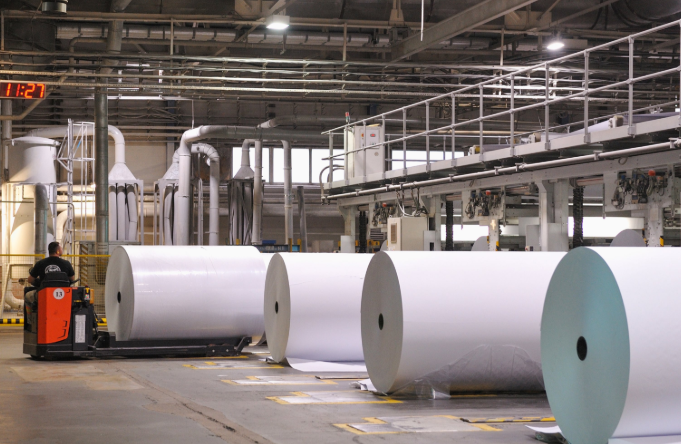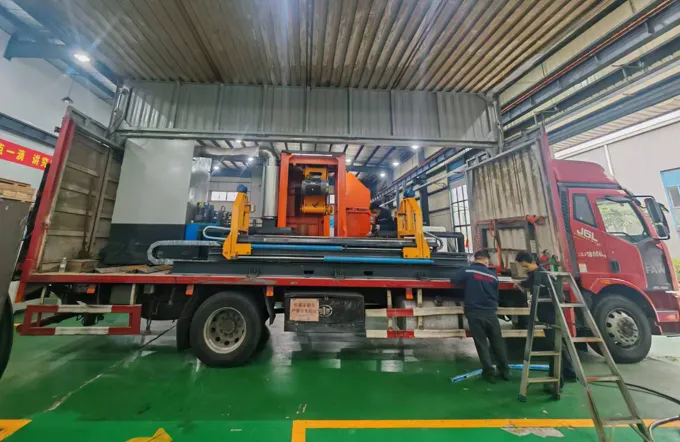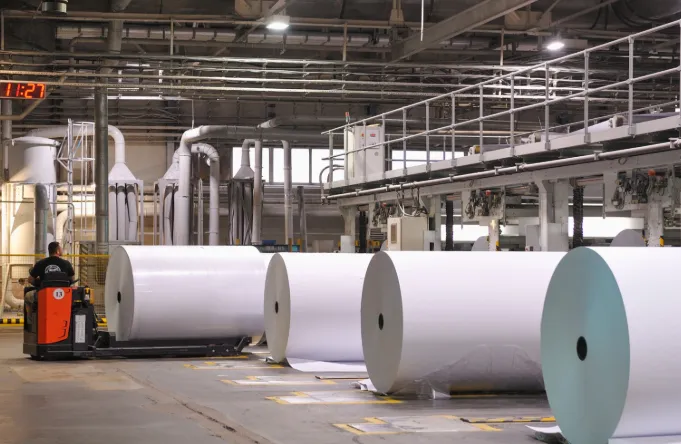Oct 22, 2025

Russia’s pulp and paper industry, leveraging the world’s largest forest reserves and evolving technological capabilities, holds a critical position in global markets. Despite facing challenges such as environmental pressures and international sanctions, the sector demonstrates resilience and growth potential, driven by domestic demand and strategic shifts toward value-added production.
Russia’s paper production dates to the 18th century, but its modern industry took shape during the Soviet era with state-led expansions of large-scale mills. Post-1991, market reforms and foreign technology imports spurred efficiency gains. By 2024, the industry’s market value reached $11.27 billion**, with projections indicating growth to **$13.86 billion by 2030 (CAGR of 3.5%). In 2024, Russia produced 2.71 million tons of paper and paperboard in Q1 alone—a 13% year-on-year increase—highlighting robust output momentum. Key products include corrugated packaging (47% of output), printing papers (28%), and tissue (15%), catering to both domestic and international needs.
Russia’s dominance stems from unparalleled natural resources: it hosts 20% of global forest cover, with 8.67 billion hectares of woodland. This ensures low-cost access to raw materials like birch and softwood, critical for pulp production. The country is the second-largest exporter of newsprint globally, supplying 1 in 7 newspapers in India and one-third in Turkey. Export markets have shifted post-2022, with 58% of pulp exports now directed to Asia-Pacific (especially China), while domestic consumption rose to 42% of production. Sanctions also accelerated import substitution, prompting investments in localized production of specialty papers and bleaching agents.
To address inefficiencies, Russia prioritizes digitization and automation. Partnerships with European firms have introduced AI-driven systems, reducing energy use by 20% and boosting output by 15%. Environmental initiatives are also advancing: recycling rates for paper reached 56% in 2024, and major mills like Mondi Syktyvkar have adopted EU Ecolabel standards. The government’s ban on raw log exports (2022) further incentivizes investments in value-added processing, such as birch-based food packaging and microfibrillated cellulose.
The industry faces headwinds, including reliance on imported machinery (65% previously from the EU) and water scarcity in production zones. Sanctions disrupted supply chains, though alternatives from "friendly" countries mitigated crises, such as the 2022 pulp-bleaching chemical shortage. Future growth will hinge on leveraging e-commerce-driven packaging demand and expanding high-margin segments like pharmaceutical packaging (growing at 8% annually). Policies promoting green manufacturing and tax incentives for recycling projects will further shape development.
Russia’s pulp and paper sector stands at a crossroads: while geopolitical and environmental hurdles persist, its resource wealth, adaptability, and focus on innovation position it for sustained influence. By balancing commodity exports with high-value sustainable products, the industry can reinforce its role as a pillar of the global paper market.
Main Products
Social Media
Social Media
Contact Us
+86 0512 5510 8067
Room 3, No.2159, Beimen Road, Yushan Town, Kunshan City, Jiangsu Province, China
Inquiry
Inquiry
News Center

October 28, 2025

October 22, 2025
The Russian Pulp and Paper Industry: A Strategic Global Player